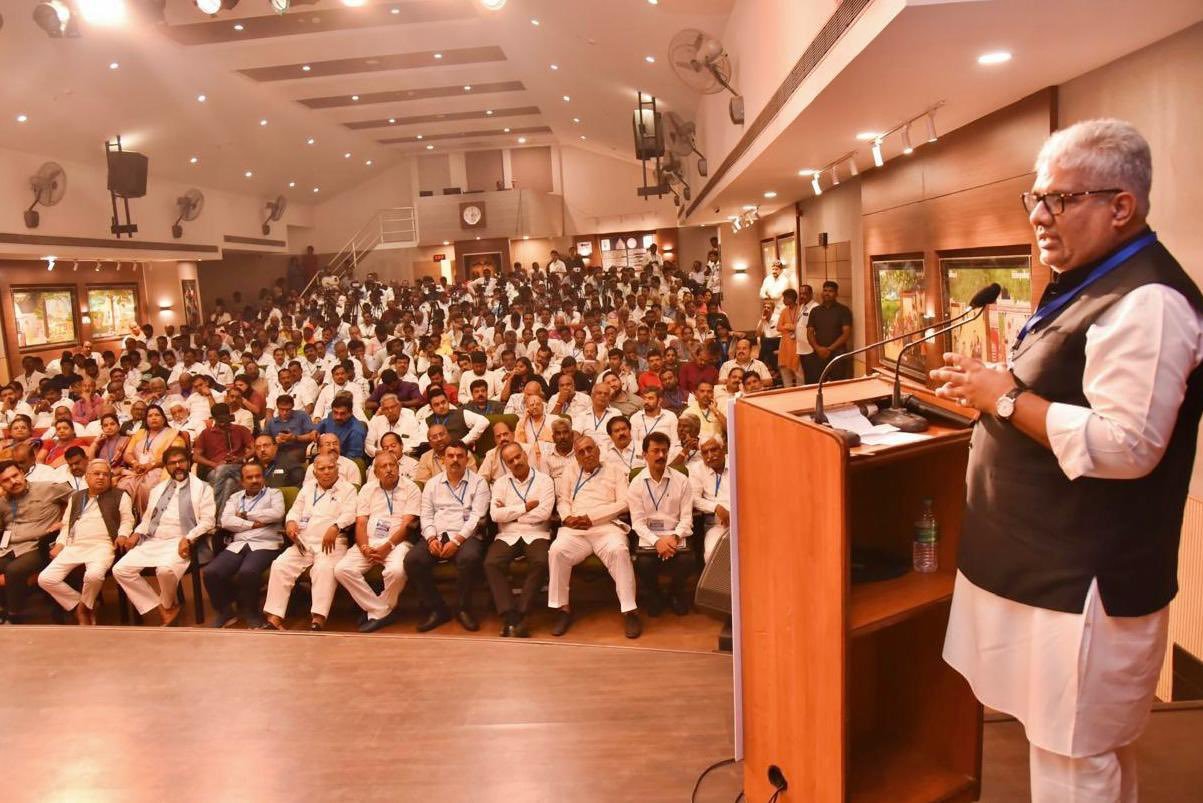
(RAHNUMA) Iran’s recent decision to pause the implementation of a new, more stringent hijab law marks a significant and commendable shift towards pragmatism and responsiveness to public sentiment. The proposed legislation, approved by Parliament in September 2023, sought to impose harsher penalties on women not adhering to mandatory headscarf regulations, including substantial fines and prison terms for repeat offenders. However, acknowledging the potential for global blowback, renewed unrest, and societal discord, Iranian authorities seem to have wisely chosen to halt its enactment.
This move comes in the wake of widespread protests following the tragic death of Mahsa Amini in 2022, which underscored the deep-seated public resistance to enforced dress codes. By refraining from enforcing the new law, Iran demonstrates a potential willingness to engage with the concerns of its own citizens, particularly women advocating for basic freedoms and autonomy without the threat of rigid legislation.
The decision also reflects an understanding of the broader implications of such legislation on Iran’s international relations, according to experts. President Masoud Pezeshkian’s opposition to the stricter penalties, amid efforts to restart negotiations with Western nations over sanctions related to Iran’s nuclear program, indicates a strategic approach to governance that balances domestic policy with foreign diplomacy.
According to the Vice President of Iran for Parliamentary Affairs Shahram Dabiri Oskuei, there exists a need to set a precedent for collaborative policymaking that prioritizes societal well-being. Ironically, neither Hezbollah, Hamas, Houthis, Assad, nor Syria’s new rulers Hayat Tahrir al-Sham (HTC) sought enforcement of such measures in their societies. The surprise halt is being hailed as a win for Iran itself which has roots in hijab that trace back to ancient times, with depictions in Achaemenid inscriptions and historical narratives predating Islam’s arrival in Persia.









